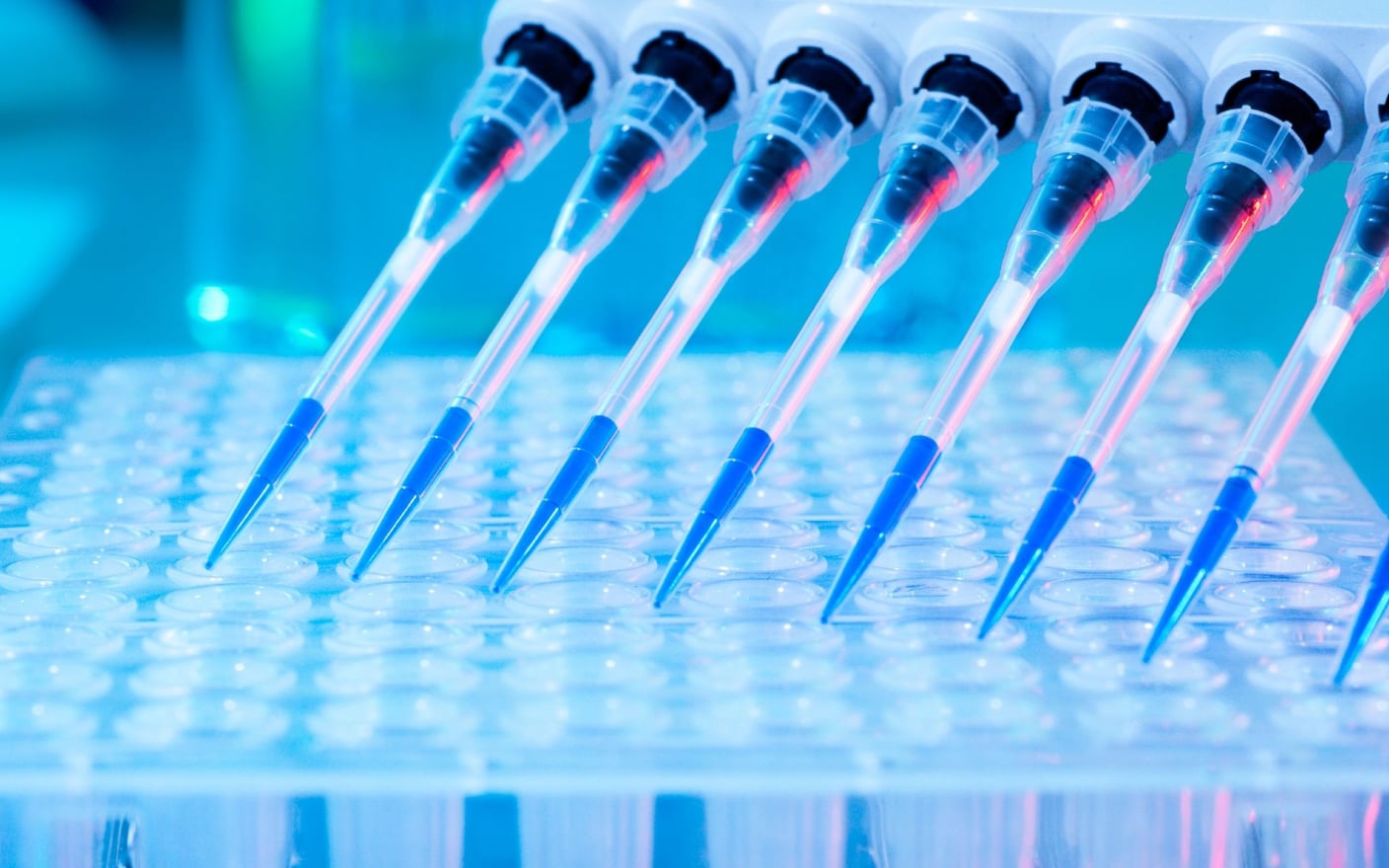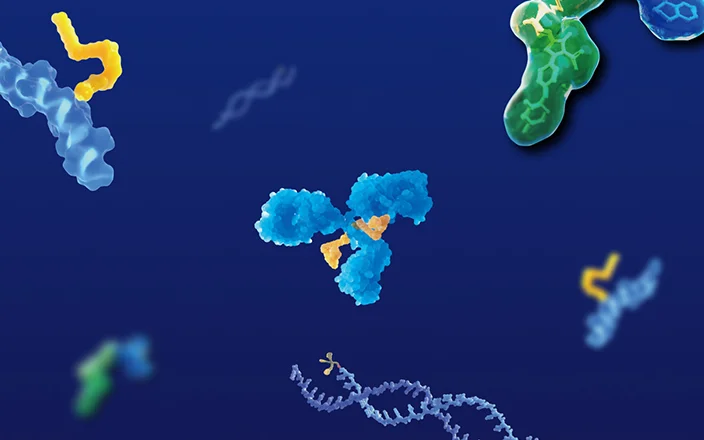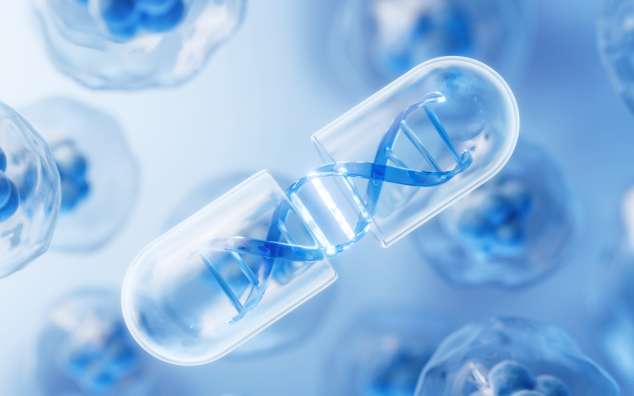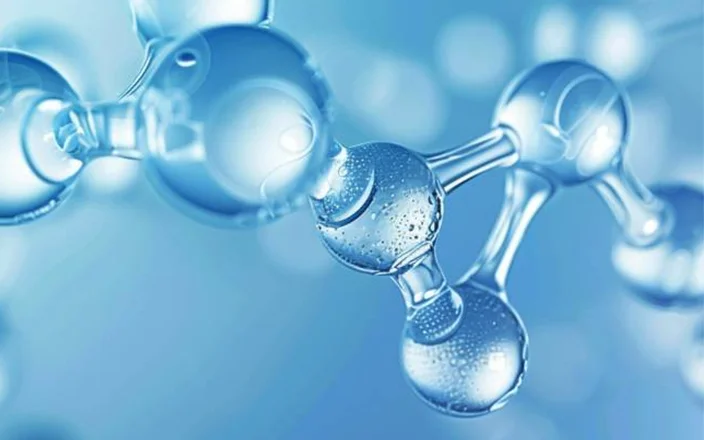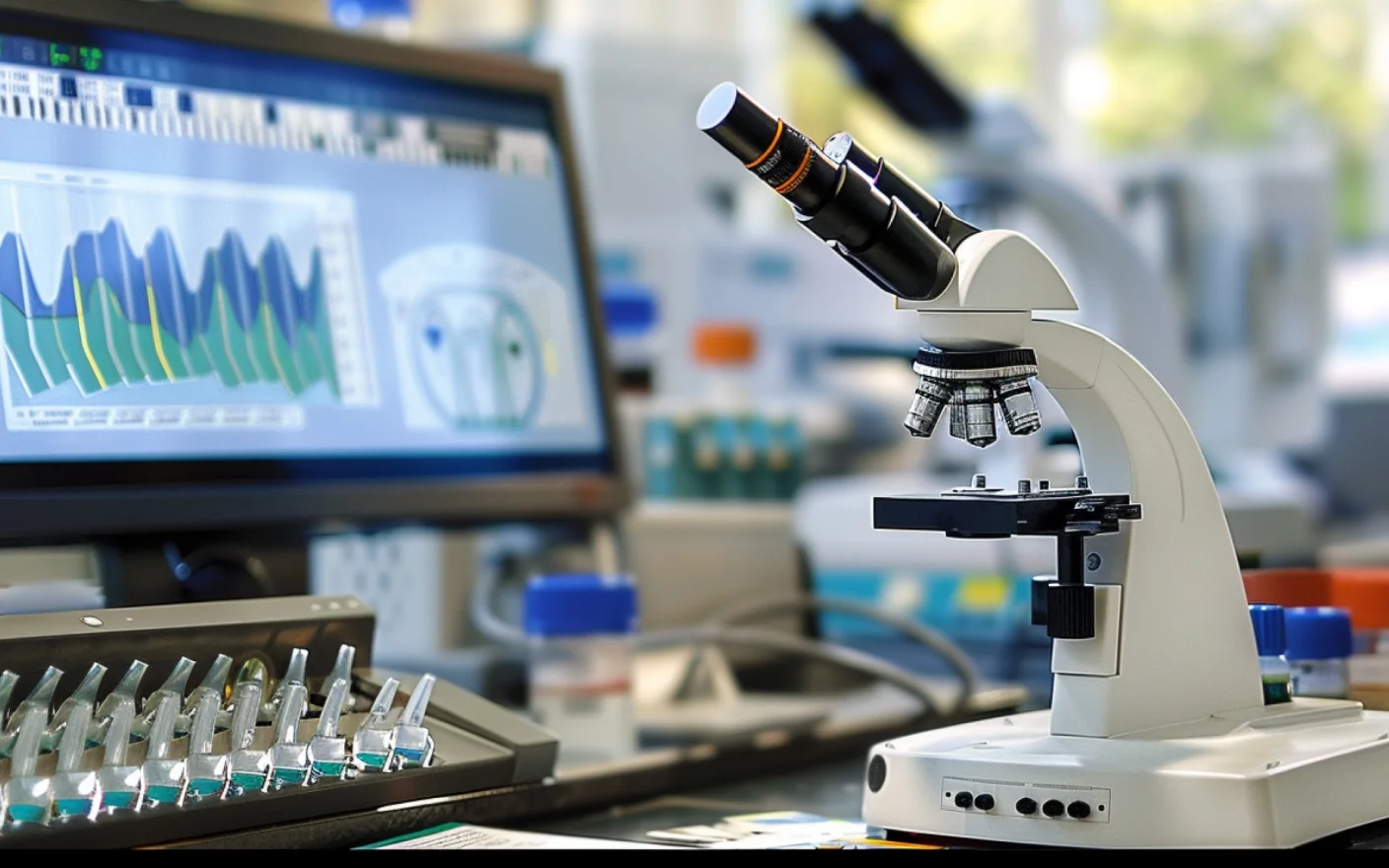In drug development, success hinges on gathering test data accurately, efficiently, and affordably. Doing so lowers costs, gets drugs to market faster and—most crucially—improves patient safety.
This is more easily said than done, as some metrics are harder to obtain when working with different molecules. Measuring Plasma Protein Binding (PPB) determines the distribution and safety of a drug. For most molecule types, traditional methods of assessing PPB work fine, but when dealing with oligonucleotides, developers face poor accuracy, extended timelines, and higher costs.
However, a new method of testing PPB in oligonucleotides offers hope. The rapid agarose gel Electrophoretic Mobility Shift Assay (EMSA) is a marked improvement over other models in many areas. Recently, a team of researchers at WuXi AppTec studied Rapid EMSA to explore its benefits and how the process can be improved further.
What is PPB?
PPB refers to the rate at which molecules bind to proteins found in the blood plasma. A drug's PPB rate can tell us a lot about its efficacy. The more a drug binds to proteins, the less likely it is to distribute widely in the body. PPB also indicates how long a drug will take to leave the body and how it might interact with other drugs.
Older methods of measuring PPB, such as ultrafiltration (UF) are reliable for most types of molecules, but oligonucleotides pose several challenges to drug developers.
Rapid EMSA: A Step Forward
Using UF to determine PPB in oligonucleotides can result in unwanted adsorption, membrane permeability, and protein leakage that can affect accuracy. Additionally, ultrafiltration involves a complex process with low throughput and high costs. This makes it impractical for large-scale testing.
The rapid agarose gel EMSA method builds on earlier EMSA methods, which suffer from long separation times and low throughput. They also struggle to measure binding rates, particularly across a wide concentration range.
What changed?
Rapid agarose gel EMSA boasts two key improvements over earlier EMSA methods. These improvements make it easier to calculate PPB accurately and efficiently.
A Thermo® E-Gel Power Snap Electrophoresis device offers simplified operation and requires less preparation time.
Pre-stained gel enables researchers to easily distinguish between free and bound oligonucleotides. It also allows ImageJ software to calculate the greyscale value of stained gel bands.
How it works
To determine the effectiveness of rapid agarose EMSA, WuXi AppTec researchers devised a study to compare it to older UF and EMSA methods.
Researchers selected a group of antisense oligonucleotides (ASOs) and small interfering RNA (siRNA) drugs to analyze using the new method. Importantly, these were already approved by American regulators, meaning they had pre-existing PPB data to provide a foundation for validating the new method.
The study excluded certain ASOs due to their change-neutral nature, which prevents migration to the gel. This shows the rapid agarose gel EMSA is not a one-size-fits-all method. Different oligonucleotides may or may not be suitable based on their characteristics.
Findings from the study
After testing the rapid agarose gel EMSA method on the chosen oligonucleotides, WuXi AppTac researchers found several promising improvements:
Accuracy: Rapid agarose gel EMSA results were accurate, especially in the early stages of research. The PPB rates measured reliably mirrored those from the UF method.
Efficiency: Compared to complex and time-consuming UF methods, rapid agarose gel EMSA proved faster and simpler. Drug developers can observe protein binding less than 10 minutes after sample loading. By processing several gels in a day, the new method increases throughput. This makes it ideal for screening large numbers of samples.
Cost: Rapid agarose gel EMSA significantly lowers the cost of high-volume testing. This allows more affordable PPB measuring in oligonucleotides.
Despite excitement around its development, the rapid agarose gel EMSA method is not perfect. Indeed, it represents an improvement over traditional methods, but researchers identified several areas for future improvement:
Sensitivity: Some of the oligonucleotides’ PPB rates differed from historic data. This resulted from irregular buffer compositions and salt concentrations. The rapid EMSA method is particularly sensitive to these and other variables. Future experiments must account for this to ensure quality results.
Variability: Even taking the above sensitivities into account, researchers still found unexplained variability—further research should focus on identifying and mitigating its source.
A final word
The rapid agarose gel EMSA method is another tool to support early-stage drug development. The advancements from early EMSA methods increase accuracy and efficiency, while reducing costs.
There will always be room for improvements, but this new method gives researchers hopes of further improving the effectiveness and efficiency of PPB testing on oligonucleotides, which will help bring safe and powerful new drugs to patients in need.
Committed to accelerating drug discovery and development, we offer a full range of discovery screening, preclinical development, clinical drug metabolism, and pharmacokinetic (DMPK) platforms and services. With research facilities in the United States (New Jersey) and China (Shanghai, Suzhou, Nanjing, and Nantong), 1,000+ scientists, and over fifteen years of experience in Investigational New Drug (IND) application, our DMPK team at WuXi AppTec are serving 1,500+ global clients, and have successfully supported 1,200+ IND applications.
Talk to a WuXi AppTec expert today to get the support you need to achieve your drug development goals.
Related Services and Platforms




-

 In Vitro ADME ServicesLearn More
In Vitro ADME ServicesLearn More -

 DMPK BioanalysisLearn More
DMPK BioanalysisLearn More -

 Novel Drug Modalities DMPK Enabling PlatformsLearn More
Novel Drug Modalities DMPK Enabling PlatformsLearn More -

 Physicochemical Property StudyLearn More
Physicochemical Property StudyLearn More -

 Permeability and Transporter StudyLearn More
Permeability and Transporter StudyLearn More -

 Drug Distribution and Protein Binding StudiesLearn More
Drug Distribution and Protein Binding StudiesLearn More -

 Metabolic Stability StudyLearn More
Metabolic Stability StudyLearn More -

 Drug Interactions StudyLearn More
Drug Interactions StudyLearn More -

 Novel Drug Modalities BioanalysisLearn More
Novel Drug Modalities BioanalysisLearn More -

 Small Molecules BioanalysisLearn More
Small Molecules BioanalysisLearn More -

 Bioanalytical Instrument PlatformLearn More
Bioanalytical Instrument PlatformLearn More
Stay Connected
Keep up with the latest news and insights.



